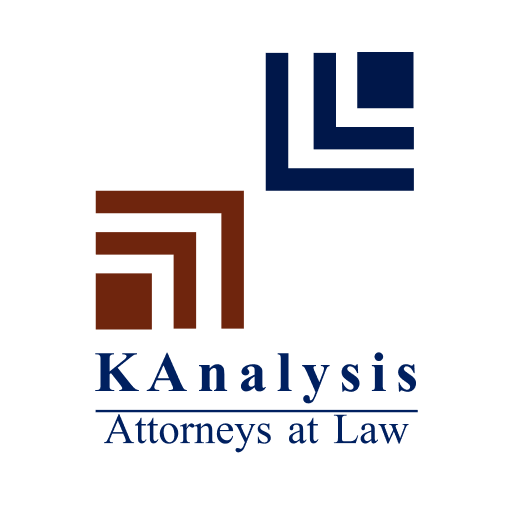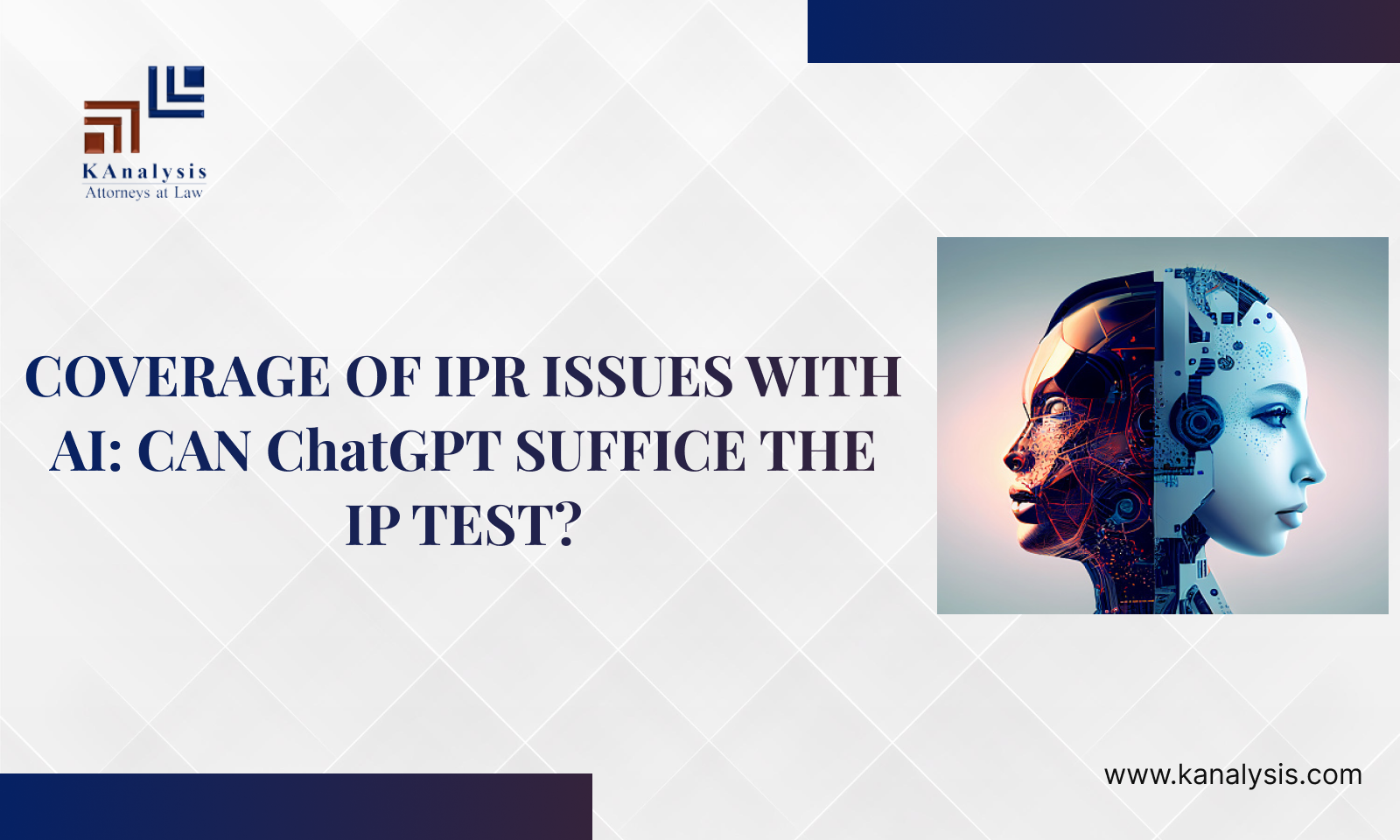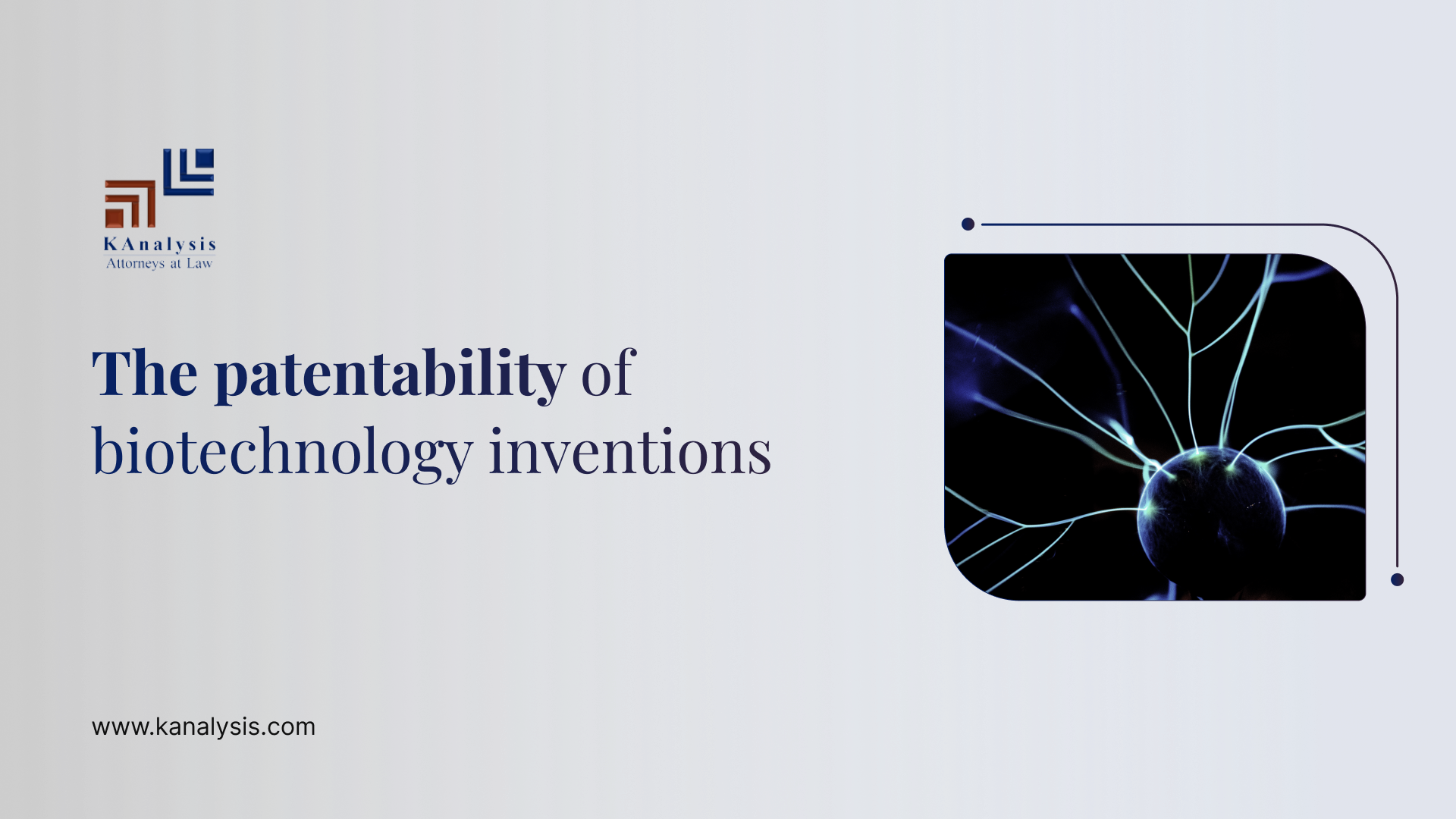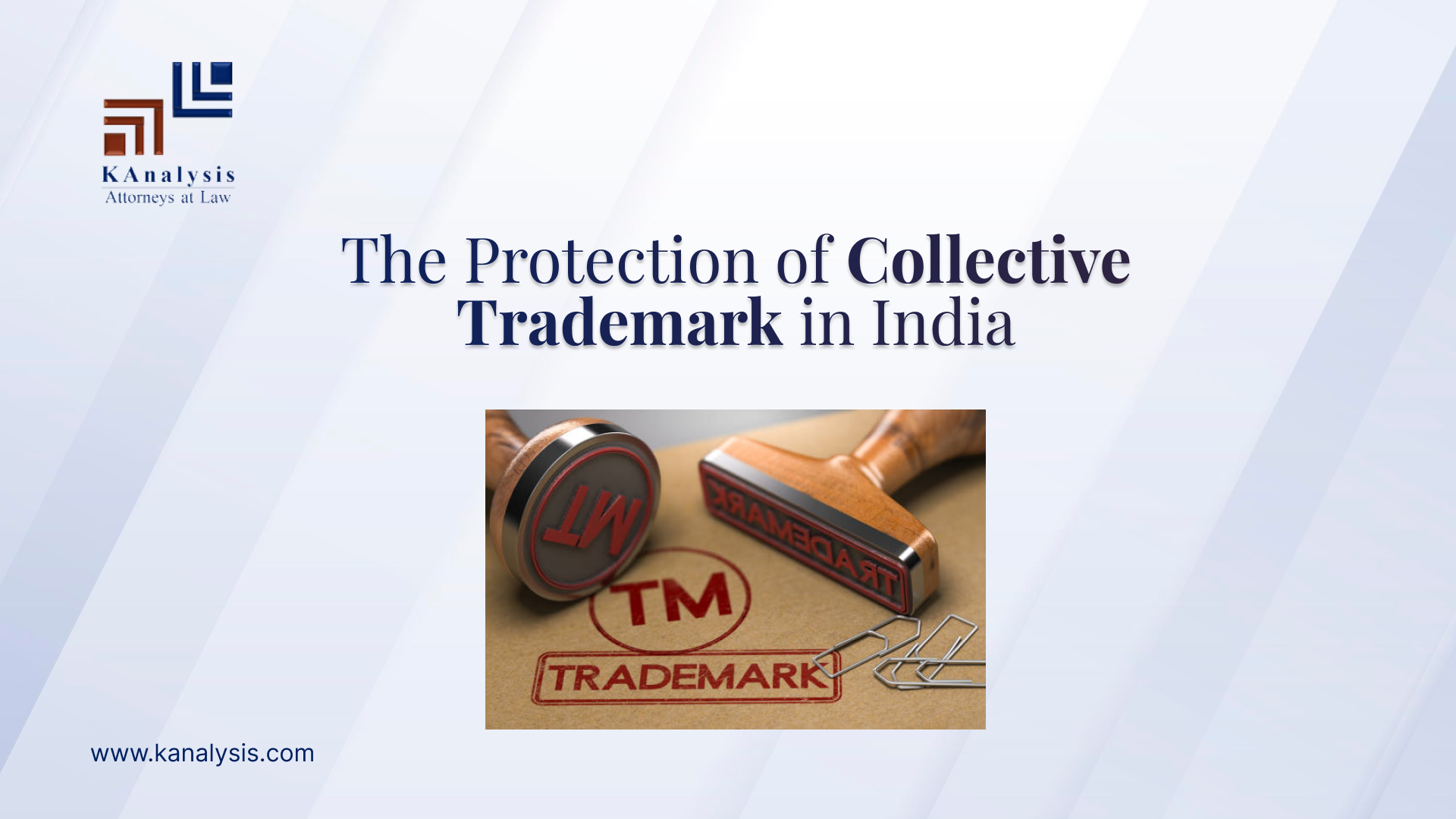Chat Generative Pre-Trained Transformer (ChatGPT), a chatbot model developed by OpenAl, has recently taken the world by storm. Driven by Artificial Intelligence (AI) technology, ChatGPT was launched in November 2022 and has very quickly gained global popularity. While ChatGPT and its recent ChatGPT-4 are remarkable innovation and has brought Al to the forefront of technology, users should be mindful of the risks involved. In March 2023, Bloomberg released its recent BloombergGPTTM a large-scale generative AI model that is based on the large language model (LLM) and is built on a wide range of financial data, which had a significant and noticeable impact on the financial industry.[1]
Artificial intelligence (AI) is a rapidly growing technology that is changing the way businesses operate. With the rise of AI, comes the issue of Intellectual Property Rights (IPR) and how they apply to this emerging technology. IPR is a complex area of law that is designed to protect the creative and innovative efforts of individuals and businesses. However, with the proliferation of AI, the application of IPR laws are becoming increasingly difficult. The current IPR system is not fully equipped to deal with the challenges posed by AI.
PATENTS AND AI
Patents are one of the most important IPRs that protect inventions. Patents give the inventor the exclusive right to make, use and sell the invention for a certain period. However, the question of the patentability of AI-generated inventions is a matter of debate. In general, to be patentable, an invention must be novel, non-obvious and have some utility.
AI-generated inventions raise questions about who is the inventor
For instance, who owns the intellectual property rights to an AI-generated work? Is it the programmer who created the AI algorithm, the company that owns the machine learning algorithm, or the data owner who provided the dataset used to train the AI or the user that gave the prompt which caused the AI to develop the work?
AI is capable of creating new solutions without human intervention. However, the European Patent Office (EPO) has a stricter stance on AI-generated inventions. The EPO requires that the inventor must be a natural person and must have contributed to the invention’s conception. In 2017, an AI system named DABUS was named as the inventor in the patent applications filed in the United Kingdom, USA and Europe. However, the same was rejected in all three jurisdictions on the account of it not being a legal person as required by most Intellectual Property Rights (IPR) regimes. In 2023, the inventor applied for the same in New Zealand Patent Office and got rejected because a ‘person’ has to be an inventor of the concerned invention.[2]
COPYRIGHT AND AI
Whether AI can be considered a legal entity?
The term ‘intellectual property,’ according to the Supreme Court of India, refers to a class of intangible rights that safeguard commercially valuable creations of human intellect. Courts have also considered IP ownership as a monopoly over the owner’s intellectual creations and a method of excluding non-permitted users from reaping the benefits of another’s intellectual property. As it can be concluded that an IP is a creation of intellect but it is nowhere written whether that intellect should be of a human or an AI.
Naruto v. David John Slater[3] also known as the ‘Monkey Selfie Case’, in this case, the defendant was a professional photographer and he voluntarily left the camera on the tripod to capture shots of monkeys. One of the monkeys operated the camera and took “monkey selfies”. In 2015, the organization called Prevention for the Ethical Treatment of Animals (PETA) sued the defendant in a California court on behalf of the monkey, claiming the copyright vests with the monkey. The court ruled that copyright does not extend to animals. Plaintiff filed an appeal before the Court of Appeals and the Court held that animals lack statutory standing under the Copyright Act, and subsequently, the matter was resolved by way of a settlement between the parties.
Copyright is another important IPR that protects original works of authorship, such as literary, artistic and musical works. However, the question of copyright ownership concerning AI-generated works is complicated. For instance, who owns the copyright to an AI-generated painting or a musical composition? Is it the programmer who created the AI algorithm or the machine learning algorithm that generated the work, or the owner of the dataset used to train the AI system? The answer to these questions depends on whether the AI-generated work is considered original or not. Under copyright law, a work must be original and the product of the author’s creativity to be eligible for copyright protection. If an AI system creates a work without any human intervention, it may not be considered original, and therefore not eligible for copyright protection.
In February 2023, AI Midjourney created images in a graphic novel that were not granted copyright protection.[4] The novel named “Zarya of the Dawn” authored by Kris Kashtanova contained certain images produced by the AI software Midjourney. The author claimed copyright protection over these but the US Copyright Office denied the protection, stating that they are not the product of human authorship. However, the novel was entitled to copyright for the parts that the author wrote and arranged, but not for the images produced by Midjourney. Amidst the rise of AI software like Midjourney, Dall-E, and Chat GPT, the decision by the US agency is the first to discuss the scope of copyright protection for works created with AI. Contrary to this recently in India, an AI was recognized as a co-author along with its owner.
The content created by these AI models like ChatGPT is from numerous literary and other works and it is derived from the works of other authors. If the content is derived from the idea of the existing work then there is no infringement of any copyright. The intellectual property rights of ChatGPT belong to OpenAI, the organization that developed the model. Therefore, any output generated by ChatGPT is owned by OpenAI and they would be responsible for any infringement.
TRADEMARK INFRINGEMENT AND AI
AI can be used to create content and products that may infringe on trademarks. For example, an AI system could generate a logo or brand name that is similar to an existing trademark. This raises concerns about how to prevent trademark infringement in the age of AI. One of the main issues of using ChatGPT is its potential to infringe on intellectual property rights. ChatGPT is trained on a vast amount of data, which may include works which are protected by intellectual property laws. If the datasets like ChatGPT are trained to contain copyrighted works, the output generated by ChatGPT is likely to involve the reproduction of or may be similar to, such copyrighted works, thus giving rise to a risk that the use of the output, without permission, could constitute copyright infringement. The infringement risk may extend to the user and not just ChatGPT.
A WAY FORWARD
- Guidelines and common framework– On 16th March 2023 the US Copyright Office issued the guidelines for Copyright Registration for AI-Generated Material. It states the requirements of human authorship to secure copyright protection for AI-generated works.[5] Work must be the product of human creativity even if it indulges AI technology for the generation of the work. As we know, AI is a new reality, thus every country should come up with guidelines to regulate these kinds of work. There should be certain universal rules and respective country rules to regulate these kinds of software and the work produced by them.
- Accountability and Ownership– In cases of infringement of the work of a third party, there should be a person accountable for it either the developer of the AI, the company owning it or the data owner. This will solve the problem of showing that the infringer had access to the protected work.
- Using AI to monitor trademarks and detect any potential infringement– For example, companies can use AI to scan the internet for any unauthorized use of their trademarks. Make use of the AI software to stop or intercept the other AIs from infringing on IPR.
CONCLUSION
At the present stage of development, though, examples of the content generated by absolutely autonomous AI systems are few and far. Nevertheless, this gives rise to a debate about the ownership and authorship of the work of the inventions and content that is generated using AI systems as a tool. The current IPR laws accord rights to entities accorded legal personhood whether natural or corporate; it is for this reason that in most jurisdictions, at present, an AI system is precluded from the grant of such protection. However, since AI technology is still very nascent, and there is ambiguity around the definitions of AI, there appears to be some difficulty in legislating on this point. As AI continues to advance, it is essential to create new laws and regulations that address these issues. This will require a collaborative effort between governments, businesses, and legal experts to ensure that the benefits of AI can be effectively realized.
[1] https://www.bloomberg.com/company/press/bloomberggpt-50-billion-parameter-llm-tuned-finance/
[2] https://www.courtsofnz.govt.nz/assets/cases/2023/2023-NZHC-554.pdf
[3]D.C.No.3:15-cv-04324-WHO,https://law.justia.com/cases/federal/appellate-courts/ca9/16-15469/16-15469-2018-04-23.html
[4] https://fingfx.thomsonreuters.com/gfx/legaldocs/klpygnkyrpg/AI%20COPYRIGHT%20decision.pdf
[5]https://www.federalregister.gov/documents/2023/03/16/2023-05321/copyright-registration-guidance-works-containing-material-generated-by-artificial-intelligence



